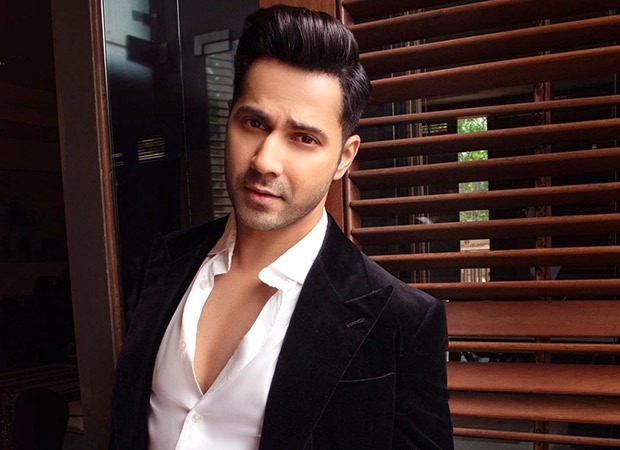“My first impression of Mysore was that of a friendly city – organised, affordable and gorgeous,” says Murillo. “Here I was in a culturally vibrant and historically rich city, strengthening my practice of yoga with senior gurus.
“My time in the city fulfilled a personal search for me,” says Murillo, who hopes to keep returning to Mysore (now known officially as Mysuru) to elevate his yoga practice.

Each person at that table had arrived in the city with one intention – to strengthen their practice of yoga with a guru of their choice.
Among them was Ichitaka Kimura, from Tokyo, Japan.
Itta, to his Mysorean friends, the shy 52-year-old doctor speaks about “arranging my life circumstances to be able to practise in Mysore” – he was in the city for five months.
His best memories? The everyday practice at the shala, making friends from different cultures, short trips around town and Ayurvedic therapy, he says. Kimura turned vegetarian for the duration of his stay, and taught himself to cook Indian meals.
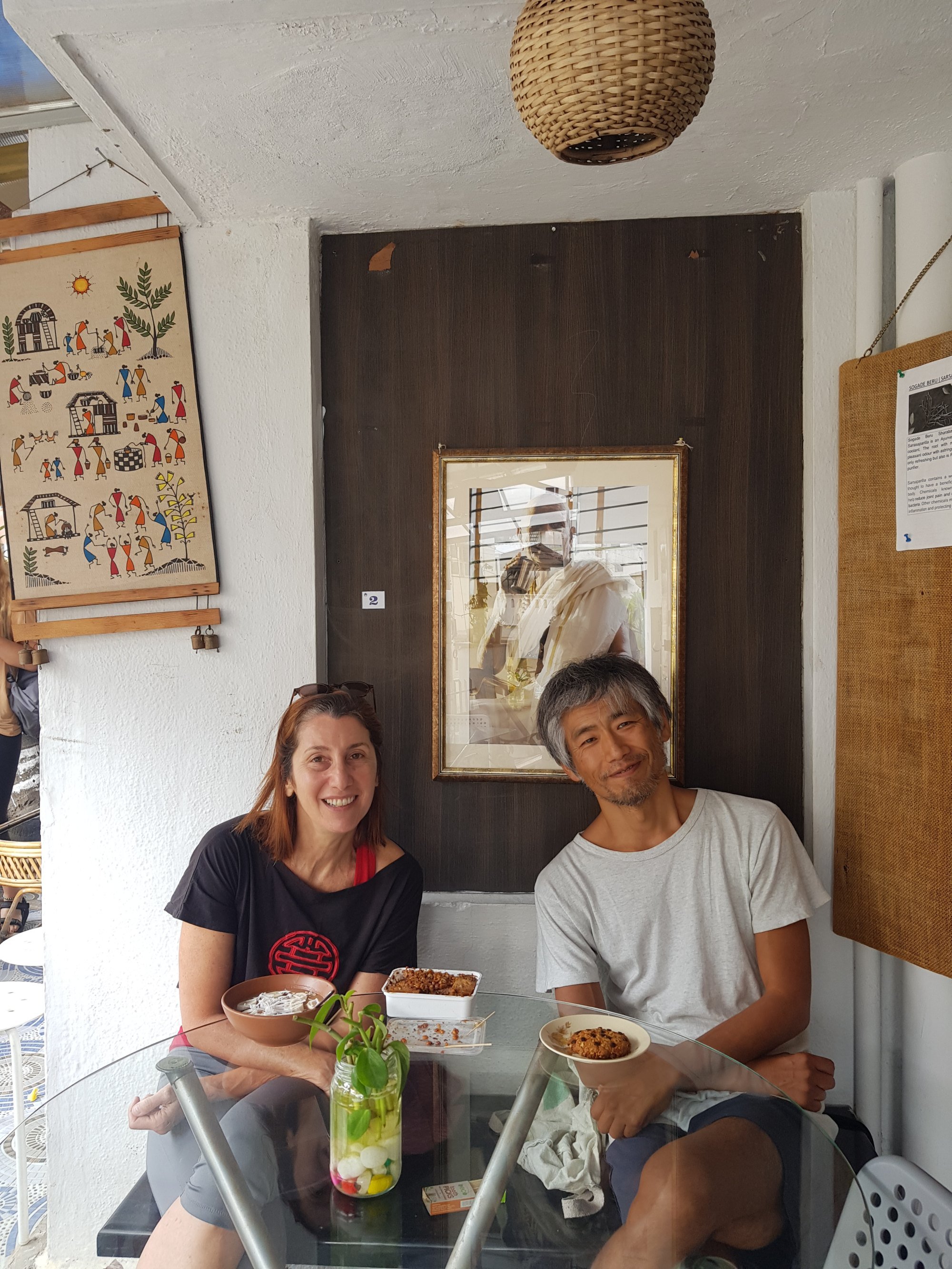
“I really enjoyed my organic, vegetarian life,” says Kimura, who adopted as one of his favourite cafes Depth N Green, in Gokulam, a leafy neighbourhood north of the city centre with neat houses and wide roads, farmers’ markets and small restaurants tucked down little alleys – and the heart of Mysore’s yoga scene.
Mysore’s tryst with the practice dates back a couple of centuries; however, its recognition as the yoga capital of India is more recent.
The city is home to some of India’s most senior yoga gurus and families that can trace their lineage to scholars and masters who established renowned yogashalas here, among them Ramesh Shetty’s Mysore Ashtanga Yoga Shala; the Prana Vashya Yoga Shala; Manasthala Mindful Living; and the Atmavikasa Centre of Yogic Sciences.
Mysore royalty played a role, too. The maharajas of Mysore were lovers of art and learning, and sponsored scholars to teach and promote yoga.

Among the records belonging to the Mysore Palace is the mid-19th century treatise Sritattvanidhi (“The Illustrious Treasure of Realities”), attributed to Maharaja Krishnaraja Wodeyar III.
Within the treatise is a section documenting 122 hatha yoga postures, complete with detailed sketches by miniaturists.
Decades later, in the 1920s, Maharaja Krishnaraja Wodeyar IV invited Indian yoga scholar Tirumalai Krishnamacharya to practise in Mysore.
Krishnamacharya is considered the father of modern yoga and his students developed styles such as Iyengar and Vinyasa, which would gain worldwide recognition.
Ashtanga yoga, developed in the city by a disciple of Krishnamacharya called K. Pattabhi Jois, has a large, committed following and is now known globally as Mysore-style yoga.
The Jois family continues to adhere to the traditional Ashtanga teaching style, attracting a sizeable amount of the international yoga crowd that travels to Mysore.
The allure of Mysore is in its traditional approach to yoga – it has not deviated too much from the original format
A daughter of K. Pattabhi, R. Saraswathi Jois, helms the K Pattabhi Jois Ashtanga Yoga Shala and a grandson, Sharath Jois, runs the popular Sharath Yoga Centre.
“International practitioners who come to Mysore are serious practitioners,” says Acharya Vinay Kumar, of Gokulam’s Prana Vashya Yoga School, which takes a dynamic and therapeutic approach to yoga, using breath as a tool.
“They seek Vedic knowledge and to enhance their asana [physical] practice. They are willing to spend time here.”
Close to 1,000 international practitioners attend his classes and workshops every year, says Kumar: “A large number […] practise in Mysore for six months and go back to work for the rest of the year. Many among them are yoga teachers.
“The allure of Mysore is in its traditional approach to yoga – it has not deviated too much from the original format [of its ancestors],” says Kumar, explaining why Mysore is preferred to yoga and wellness destinations offering more short-term “experiences”.
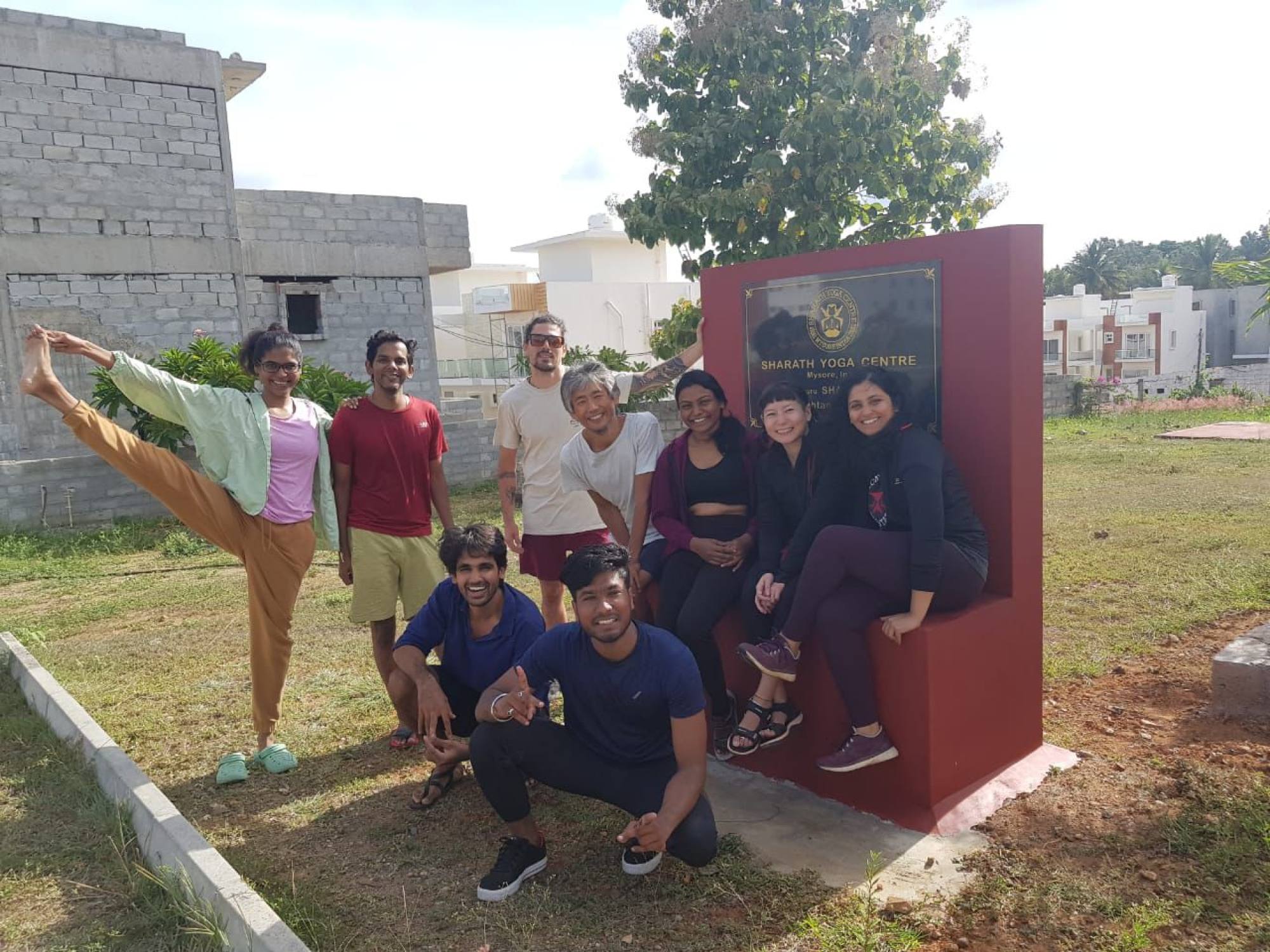
The city’s yoga season runs from August to February-March. During the summer, senior gurus leave to conduct workshops in Europe, the United States and Southeast Asia.
What Mysore lacks in mysticism compared with yoga rival Rishikesh, it makes up for with mastery.
For several decades, the holy town on the banks of the Ganges, in the Himalayan foothills, has drawn spiritual tourists to its ashrams. International celebrities such as the Beatles famously camped in Rishikesh to learn transcendental meditation from Maharishi Mahesh Yogi.
Mysore is less assuming. It makes little attempt to announce itself as special, nor has it submitted to the chaos and noise that can be part of the Indian travel experience.
Rather, visitors settle into a peaceful and disciplined routine in quiet neighbourhoods such as Gokulam and, about 6km (3.7 miles) to the south, Lakshmipuram. They attend classical music festivals, explore local cuisine and immerse themselves in the joys of daily ritual.
I fell in love with the pleasant weather and pink sunsets, local food served on banana leaves, and the community of female practitioners I met here
Wei Li, a Chinese-American from Sichuan province, discovered “Mysore-style” Ashtanga yoga as a student at the University of Virginia, in the US, about a decade ago. She was initiated into the practice and, two years later, landed in Mysore.
Over the years, she has returned to the city several times to practise with a few hundred other students at the Sharath Yoga Centre, in Hebbal, on the outskirts of Mysore.
“I fell in love with the pleasant weather and pink sunsets, local food served on banana leaves, and the community of female practitioners I met here,” says Wei, who is now beginning a doctoral programme in physiotherapy in California.
Many of Mysore’s global visitors are women, some even arriving with their toddlers and young children.

Sandra Boinon, who travelled from Paris, France, late last year for a three-week stay, admits to having arrived with a sense of trepidation, fuelled by stories of the harassment women travellers encounter in India.
“But I felt at ease in this city,” she says, sitting cross-legged on floor cushions in the Santosha Cafe, a quaint little Gokulam business with bright yellow interiors and floor seating, and popular for its mix of Indian and European dishes, including nutritionally balanced thalis (plated meals), sandwiches and smoothies.
Pretty soon, Boinon was riding around town on a rented scooter, exploring the flower market and old bazaars.
When her shala announced an open-air yoga session on the Mysore Palace grounds to mark the 10-day Dasara festival (which symbolises the triumph of good over evil and is celebrated in the autumn), Boinon arrived on her bike before dawn to grab a spot.
The demographic of its international guests has stoked the spirit of enterprising Mysoreans. Visitors can enlist the services of babysitters for when they are attending classes; there are homestyle catering options for vegan and satvik food (plant-based Ayurveda diet); and two-wheeler rentals and guided tours of the old city abound.
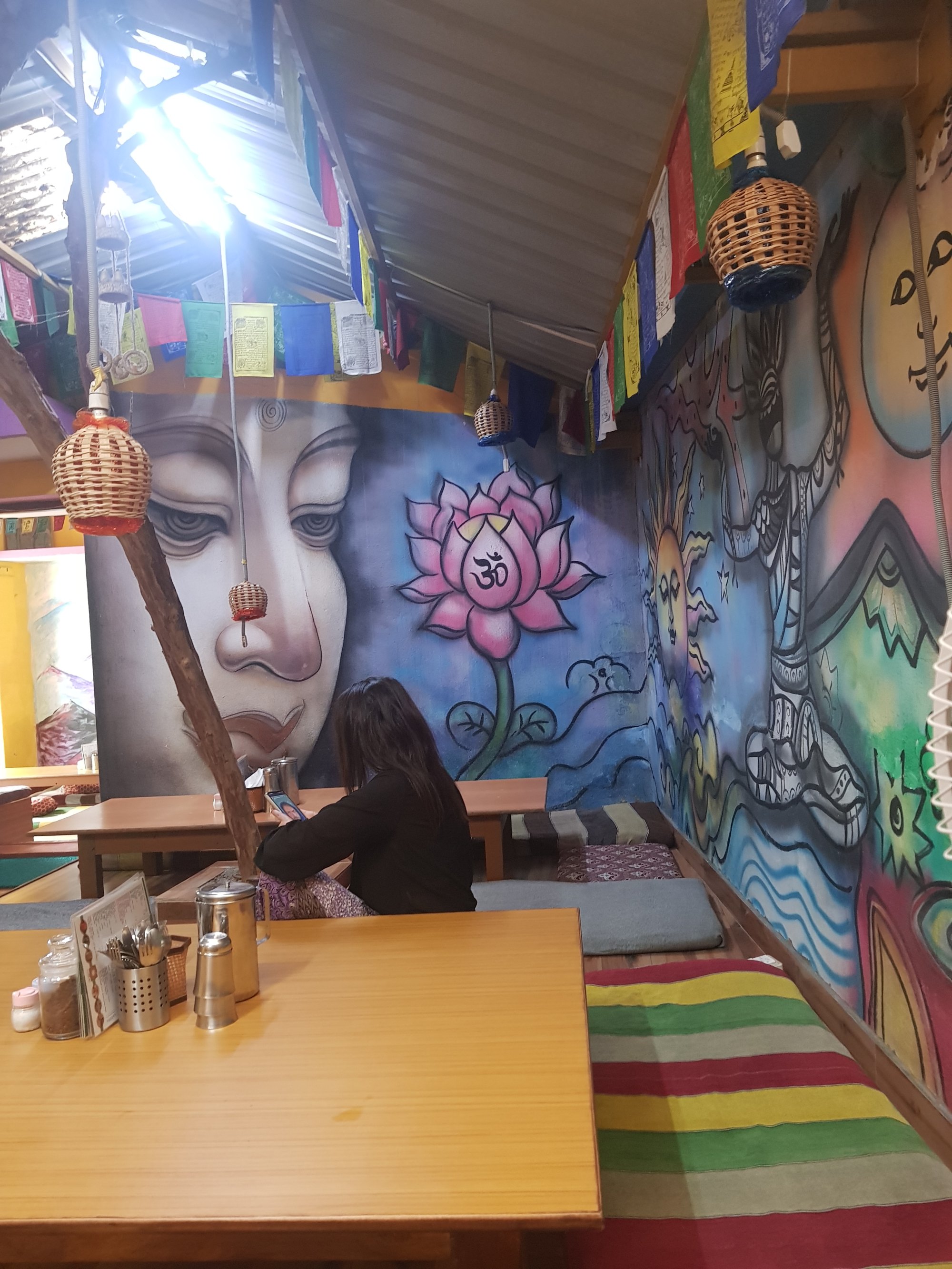
Homeowners in Gokulam have spruced up spare rooms and terraces to rent out to visitors studying at the neighbourhood shalas.
In the old bazaars, shops selling silk saris now stock up on yoga pants and hemp fibre bags.
Yoga tourism has influenced the culture, cuisine and couture of this historic city and is likely to become an even larger influence, believes chef and entrepreneur D. Rajesh, who has seen the number of international guests in Mysore return to pre-Covid-19 numbers.
Rajesh runs the Chakra House Cafe, a laid-back place to eat that is popular with yoga students who are working remotely from Mysore.
Chakra House gets it right – from the straw mats to stretch exercised legs on, to the yoga music, bright murals of Indian gods and big breakfasts that make for an ideal post-practice refuel.
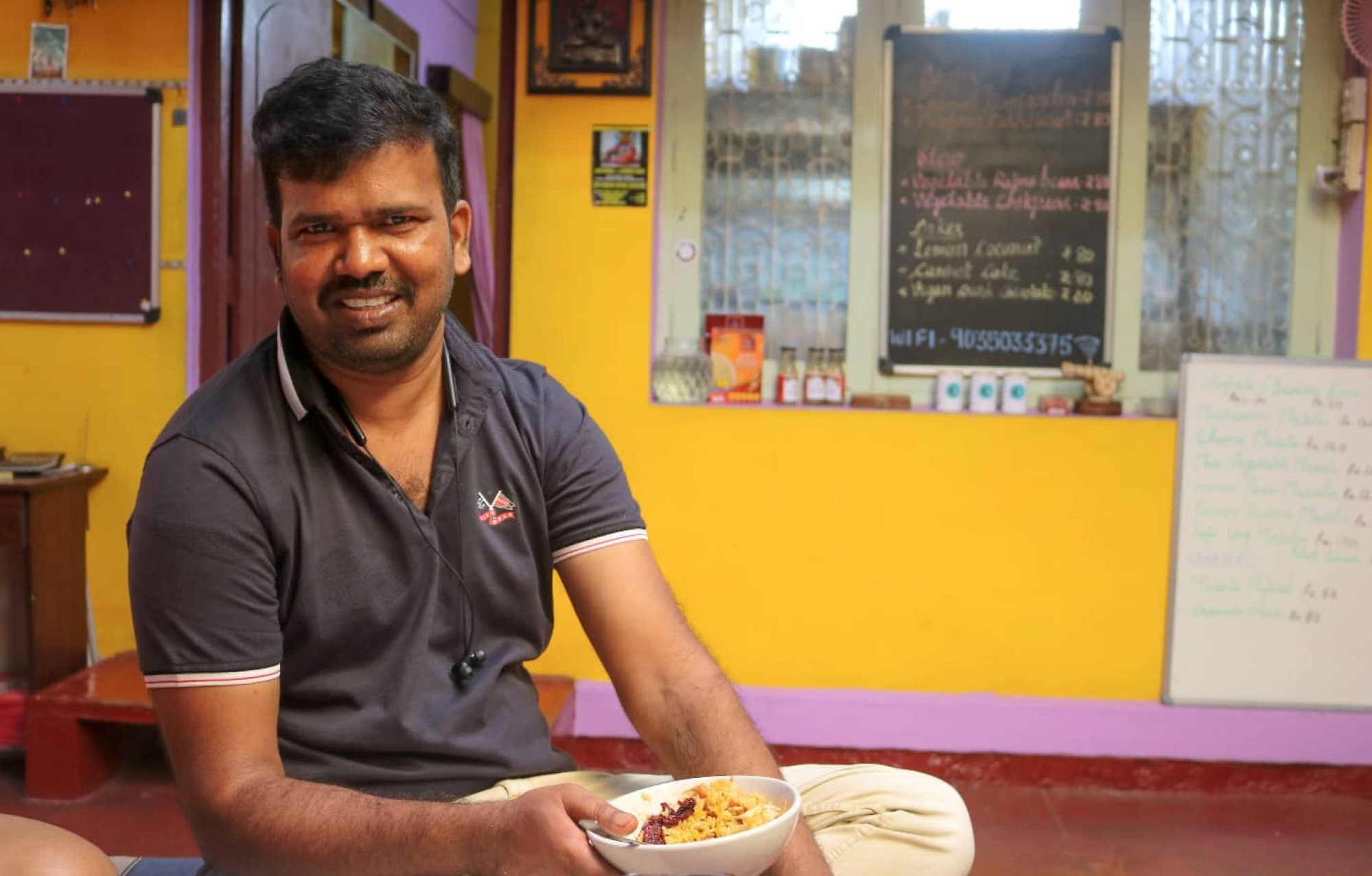
The menu is an uncomplicated mix of Indian and European – millet wraps and multigrain sandwiches stuffed with fresh local produce are a big hit.
Rajesh launched Chakra House in 2002, as the city’s yoga culture was just beginning to gain global recognition, and since then numerous coffee shops, vegan cafes and juice and smoothie bars have sprung up in Gokulam.
Mysore may yet be a blip on the global wellness tourism map. But the city of pink sunsets and predawn group sessions offers something of a pilgrimage for any practitioner of yoga.



